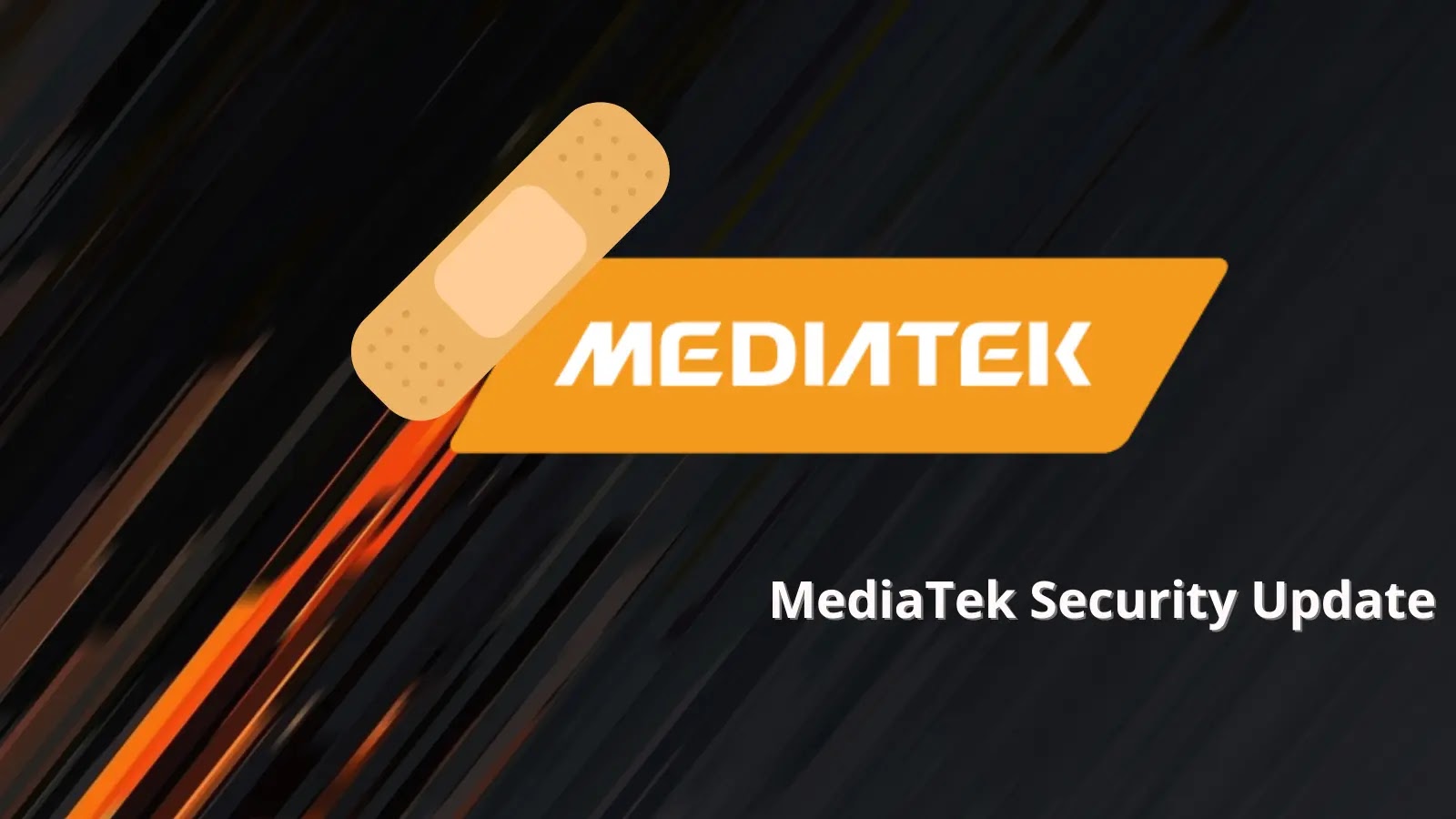
MediaTek Security Update – Patch for Multiple Vulnerabilities Across Chipsets
Unpacking the Latest MediaTek Security Update: A Critical Patch for Chipset Vulnerabilities
In the relentless landscape of hardware security, a recent bulletin from MediaTek has drawn significant attention. The world’s fourth-largest fabless semiconductor company has released a comprehensive security update to address a series of vulnerabilities affecting its latest modem chipsets. This critical patch underscores the ongoing need for vigilance and prompt action in managing the digital attack surface, particularly at the foundational hardware level.
Today’s devices, from smartphones to IoT gadgets, rely heavily on System-on-Chips (SoCs) like those produced by MediaTek. A vulnerability within these foundational components can have widespread implications, potentially jeopardizing user data, device integrity, and network stability. This MediaTek security update, while not yet associated with in-the-wild exploits, serves as a proactive measure to harden countless devices against potential threats.
Understanding the MediaTek Vulnerabilities
The MediaTek security bulletin details several high- and medium-severity bugs impacting modem and firmware components across over sixty different chipsets. These vulnerabilities, if left unaddressed, could open doors for various malicious activities, ranging from denial-of-service attacks to arbitrary code execution, potentially allowing attackers to gain unauthorized control over affected devices.
While specific CVE numbers for all reported vulnerabilities were not immediately available in the initial public disclosure, such updates typically encompass a range of issues. For instance, a common class of modem vulnerabilities often involves:
- Buffer Overflows: Where an application writes data beyond the allocated buffer, potentially corrupting memory or enabling arbitrary code execution.
- Input Validation Flaws: Insufficient checks on user or network input that could lead to unexpected behavior or system compromise.
- Privilege Escalation Bugs: Flaws that allow an attacker to gain higher levels of access than intended.
It’s crucial for device manufacturers and end-users to understand that even vulnerabilities without immediate public exploits can be reverse-engineered by malicious actors once patched. Therefore, prompt deployment of these security updates is paramount.
The Disclosure Timeline: OEM Notification and Public Release
MediaTek’s handling of this security update followed a standard responsible disclosure practice. The company confidentially notified original equipment manufacturers (OEMs) two months prior to the public release of the bulletin. This pre-notification period is a critical phase, allowing OEMs sufficient time to develop, test, and prepare their own device-specific patches, ultimately facilitating a smoother and more coordinated global rollout of the fixes.
This staggered disclosure model prioritizes user protection by giving device makers a head start, minimizing the window during which details of the vulnerabilities might be known to attackers without a corresponding patch being available to end-users.
Remediation Actions for Device Manufacturers and Users
The core message of this MediaTek security update is clear: action is required. Both device OEMs and end-users play a vital role in securing the ecosystem.
For Original Equipment Manufacturers (OEMs):
- Prioritize Patch Integration: OEMs must immediately integrate MediaTek’s provided patches into their device firmware.
- Expedite Rollout: Accelerate the testing and over-the-air (OTA) deployment of these updates to end-user devices.
- Communicate Clearly: Inform users about the importance of these updates and guide them on how to install them.
For End-Users (Consumers and Businesses):
- Check for Updates: Regularly check for system updates (firmware or operating system) on your MediaTek-powered devices. This applies to smartphones, tablets, smart TVs, IoT devices, and any other gadget utilizing MediaTek chipsets.
- Install Promptly: Once an update is available, install it without delay. Setting your device to automatically download and install updates is a recommended practice.
- Stay Informed: Follow official announcements from your device manufacturer for security advisories and patch availability.
Monitoring and Detection
While direct user-level detection of these specific hardware-level vulnerabilities is challenging without specialized tools, the broader principle of maintaining a strong security posture remains. This includes:
- Network Monitoring: Look for unusual network activity that might indicate compromised devices.
- Endpoint Detection and Response (EDR) Systems: For business environments, EDR solutions can help detect anomalous behavior on devices, even if the root cause is a hardware vulnerability.
- Security Information and Event Management (SIEM) Solutions: Aggregating logs from various sources can help identify suspicious patterns.
| Tool Name | Purpose | Link |
|---|---|---|
| Device Firmware Over-the-Air (FOTA) | Main mechanism for end-users to receive updates. | (Varies by device manufacturer) |
| Network Intrusion Detection Systems (NIDS) | Monitors network traffic for suspicious patterns. | Snort / Suricata |
| Endpoint Detection and Response (EDR) Solutions | Detects and investigates malicious activity on endpoints. | (Various commercial solutions available) |
| CVE Database | Official source for vulnerability information. | CVE Mitre |
Conclusion: The Imperative of Timely Updates
MediaTek’s latest security bulletin serves as a powerful reminder of the continuous effort required to maintain digital security. Addressing vulnerabilities at the chipset level is fundamental to safeguarding the vast array of devices powered by MediaTek’s technology. The absence of known in-the-wild exploits is a positive sign, but it should not lead to complacency. Both device manufacturers and end-users must act decisively to apply these crucial updates.
The lifecycle of a device’s security relies heavily on proactive patching and a commitment to keeping software and firmware current. By promptly integrating and deploying the MediaTek security update, the industry collectively strengthens the defenses against potential cyber threats, ensuring the integrity and reliability of our interconnected world.





